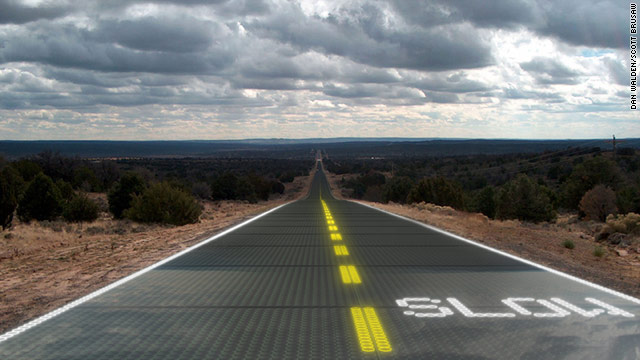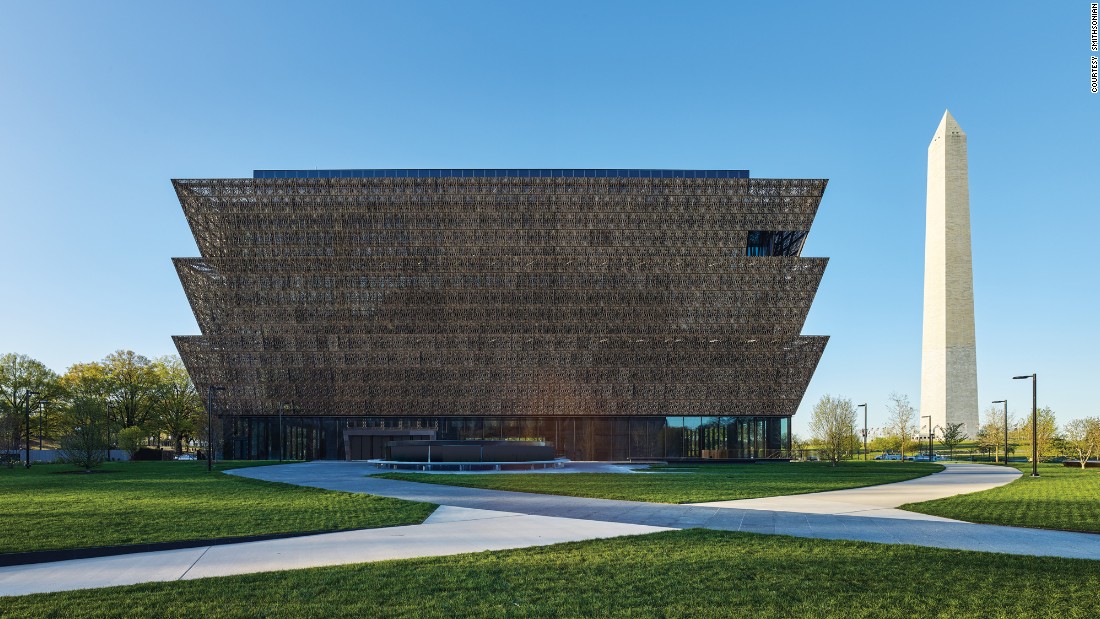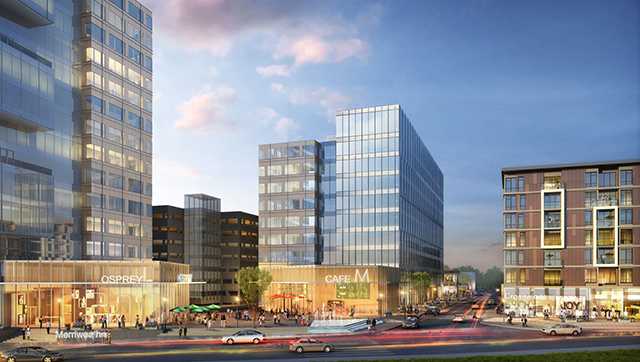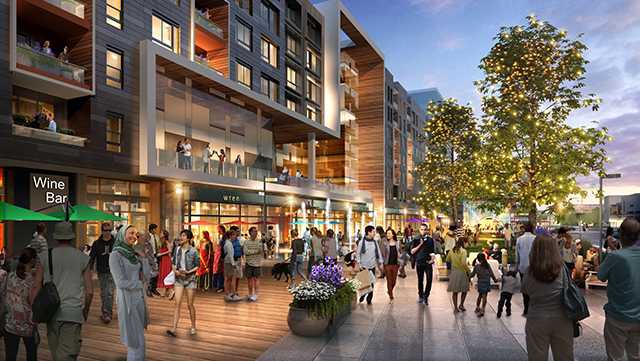Recently Howard County Councilpersons Ball and Terrasa introduced legislation designating Howard County as a "sanctuary county." So what does that really mean? A sanctuary community is one that has policies or laws that limit the extent to which law enforcement and other government employees will go to assist the federal government on immigration matters. With the
new Trump administration this question and
movement should accelerate around the United States in liberal political areas like Howard County. How much this impacts the enforcement of immigration laws is subject to legitimate debate. In some way designating a community as a sanctuary is a symbolic statement about the community's values.
Here is link to legislation. For those of us disappointed with the results of the November election and wondering how we can respond to the direction the new administration may take on immigration the designation of our County as a sanctuary is one direct way to respond. Even if it is symbolic it is another way to commit our County to the values that make Howard County a progressive and welcoming place to live.
Here is the schedule for the legislation:
1) Tuesday, January 3, 2017 at 7pm: Legislative Session
Bill is publicly introduced
2) Tuesday, January 17 at 7pm: Legislative Public Hearing
Hearing for testimony from the public
3) Monday, January 23 at 4:30pm (CVG Room): Work Session *Tentative
4) Monday, February 6, 2017 at 7pm: Legislative Session
The Council will vote on the Bill
P.S.
I know those opposed to the sanctuary movement suggest that it is a way for immigrants who have committed crimes to prey on communities but let's look at the reality and not the rhetoric. Here is the reality:
"According to an original analysis of data from the 2010 American Community Survey (ACS) conducted by the authors of this report, roughly 1.6 percent of immigrant males age 18-39 are incarcerated, compared to 3.3 percent of the native-born. This disparity in incarceration rates has existed for decades, as evidenced by data from the 1980, 1990, and 2000 decennial censuses. In each of those years, the incarceration rates of the native-born were anywhere from two to five times higher than that of immigrants."
"The 2010 Census data reveals that incarceration rates among the young, less-educated Mexican, Salvadoran, and Guatemalan men who make up the bulk of the unauthorized population are significantly lower than the incarceration rate among native-born young men without a high-school diploma. In 2010, less-educated native-born men age 18-39 had an incarceration rate of 10.7 percent—more than triple the 2.8 percent rate among foreign-born Mexican men, and five times greater than the 1.7 percent rate among foreign-born Salvadoran and Guatemalan men."
#hocoblogs





















